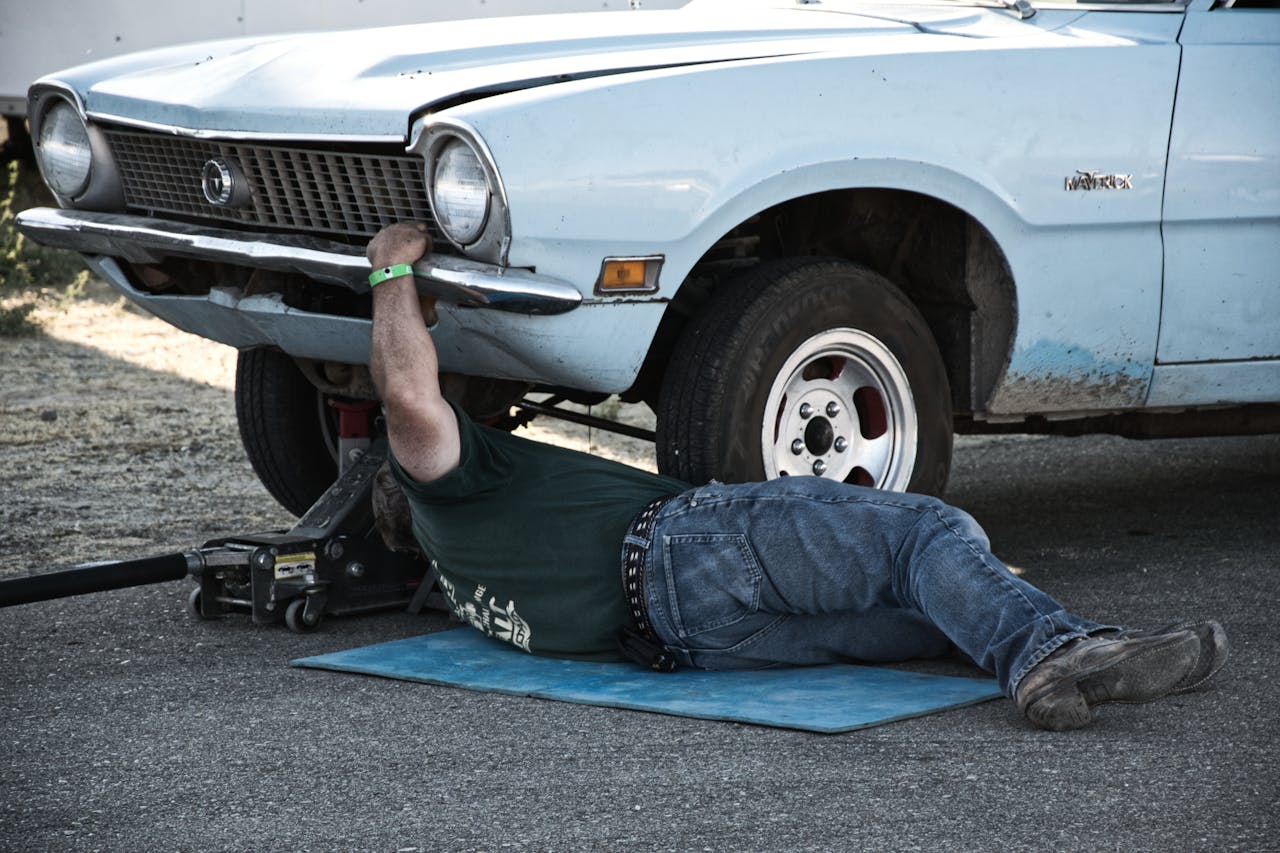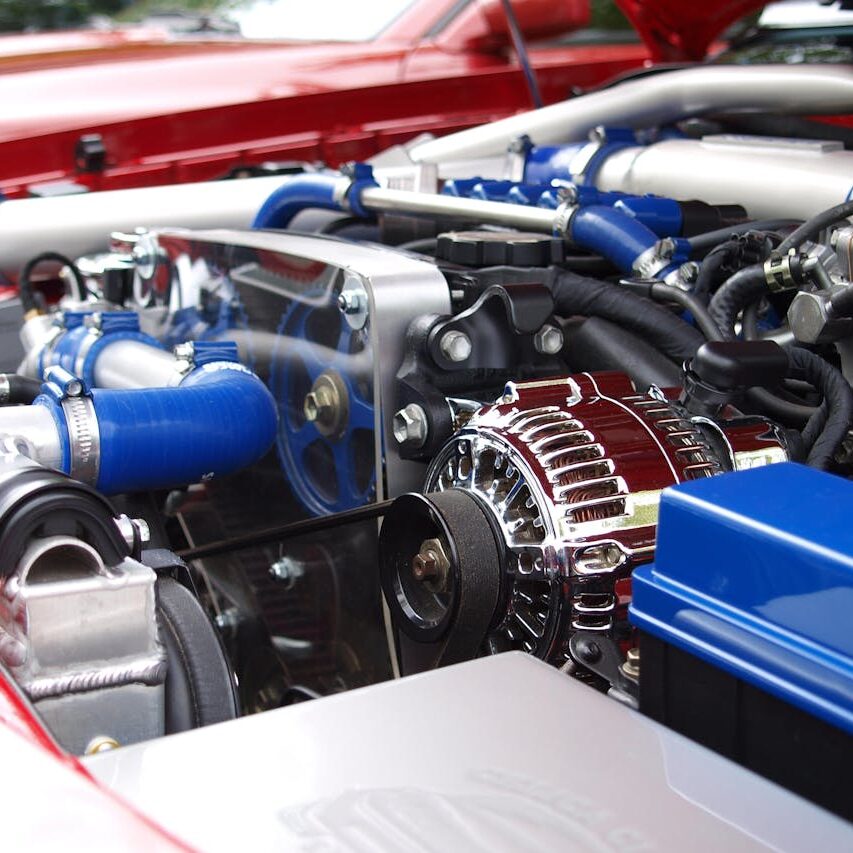
Essential Tips for Every Driver
A sudden car breakdown can be a stressful and potentially dangerous experience, disrupting your plans and leaving you stranded. While some breakdowns are unavoidable, many can be prevented with regular maintenance and attentive driving habits. This guide outlines essential tips to help you avoid sudden car breakdowns, ensuring your vehicle remains reliable and safe on the road.
1. Regular Maintenance Checks
Routine maintenance is crucial for keeping your car in optimal condition. Following the manufacturer’s maintenance schedule can prevent many common issues that lead to breakdowns.
Oil Changes:
Regular oil changes are essential to keep your engine running smoothly. Check your owner’s manual for the recommended oil change interval, typically every 3,000 to 5,000 miles.
Fluid Levels:
Regularly check and top off essential fluids, including coolant, brake fluid, transmission fluid, and power steering fluid. Low or dirty fluids can cause serious mechanical issues.
Battery Maintenance:
Inspect your battery terminals for corrosion and ensure they are tightly connected. Test your battery regularly, especially before long trips, and replace it every 3 to 5 years.
Filter Replacements:
Replace air, fuel, and cabin filters according to your car’s maintenance schedule. Clean filters ensure optimal engine performance and air quality inside the vehicle.
2. Tire Care
Tires are critical for vehicle safety and performance. Proper tire maintenance can prevent blowouts and improve fuel efficiency.
Tire Pressure:
Check your tire pressure monthly and before long trips. Underinflated or overinflated tires can lead to uneven wear and blowouts. Refer to the owner’s manual or the sticker inside the driver’s door for the correct tire pressure.
Tread Depth:
Inspect tire tread regularly. Use a tread depth gauge or the penny test – if you can see the top of Lincoln’s head, it’s time to replace the tires.
Rotation and Alignment:
Rotate your tires every 5,000 to 7,000 miles to ensure even wear. Have your wheel alignment checked annually or if you notice your car pulling to one side.

3. Brake System Inspection
A functioning brake system is vital for your safety. Regular brake inspections can prevent sudden failures.
Brake Pads and Rotors:
Inspect brake pads and rotors for wear. Replace brake pads when they are thin or making a squealing noise, and check rotors for signs of warping or grooves.
Brake Fluid:
Check brake fluid levels regularly and replace the fluid every 2 years or as recommended by your vehicle’s manufacturer. Contaminated brake fluid can reduce braking efficiency.
4. Engine and Transmission Care
The engine and transmission are the heart of your car. Keeping them in good condition is essential for preventing breakdowns.
Check Engine Light:
Never ignore the check engine light. It can indicate a range of issues, from minor to serious. Use an OBD-II scanner to diagnose the problem or take your car to a mechanic.
Timing Belt/Chain:
Replace your timing belt or chain according to your manufacturer’s recommendations, usually between 60,000 and 100,000 miles. A failed timing belt can cause severe engine damage.
Transmission Fluid:
Check the transmission fluid level and condition regularly. Change the fluid as per the manufacturer’s schedule, usually every 30,000 to 60,000 miles.
5. Electrical System Maintenance
A reliable electrical system ensures that your car’s lights, wipers, and other essential components work properly.
Lighting:
Regularly inspect all exterior and interior lights. Replace burnt-out bulbs immediately to maintain visibility and safety.
Fuses and Relays:
Check fuses and relays if you experience electrical issues. Replace any blown fuses and ensure all connections are secure.
Alternator and Starter:
Have your alternator and starter tested during routine maintenance checks. These components are critical for your car’s electrical system and starting process.
6. Seasonal Preparations
Different seasons bring unique challenges for your vehicle. Preparing for seasonal changes can prevent weather-related breakdowns.
Winter:
Before winter, check your antifreeze level, inspect your tires for adequate tread, and consider switching to winter tires. Ensure your battery is in good condition and replace wiper blades.
Summer:
Before summer, check your air conditioning system, inspect coolant levels, and ensure your tires are properly inflated. Overheating is a common issue in hot weather.
7. Listen to Your Car
Your car often gives warning signs before a breakdown. Paying attention to unusual sounds, smells, or behaviors can help you catch problems early.
Unusual Noises:
Listen for squeaks, grinding, or knocking sounds. These can indicate issues with brakes, suspension, or the engine.
Vibrations:
If you feel vibrations while driving, it could signal tire issues, alignment problems, or worn-out suspension components.
Warning Lights:
Respond promptly to dashboard warning lights. Addressing issues early can prevent more serious problems.
Conclusion
Preventing sudden car breakdowns involves a combination of regular maintenance, attentive driving, and prompt responses to warning signs. By following these essential tips, you can ensure your car remains reliable and safe, reducing the likelihood of unexpected and inconvenient breakdowns. Investing time in routine checks and maintenance not only enhances your vehicle’s longevity but also provides peace of mind on the road.





